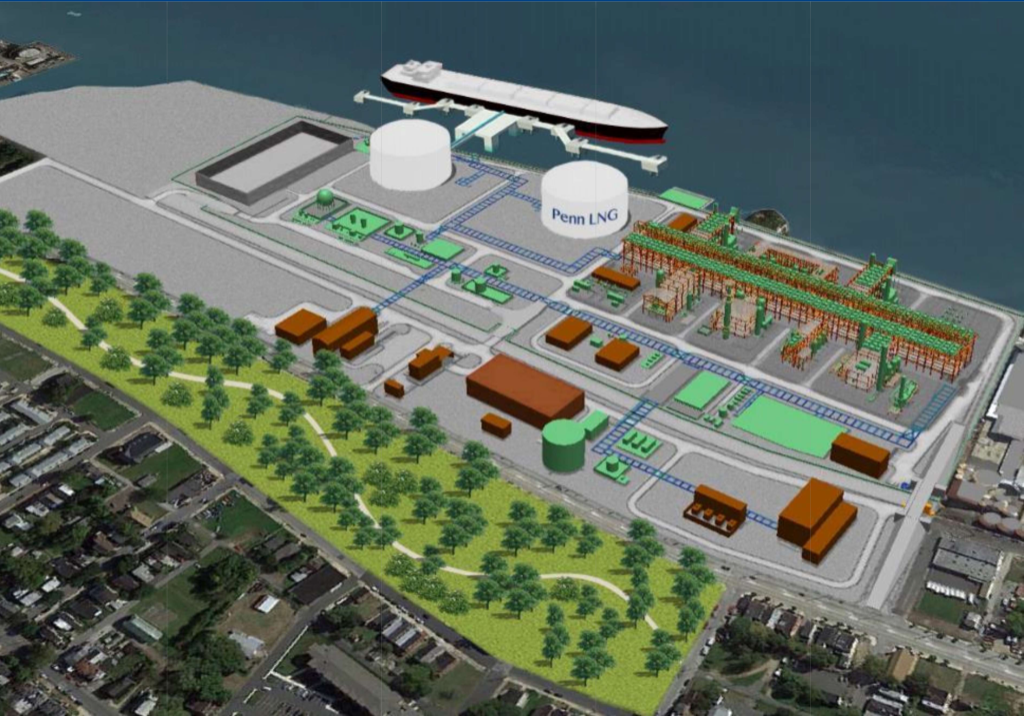
More than $235 million in revenue tied to Delaware Water Gap National Recreation Area
An economic impact report finds it also supports more than 2,600 jobs
| January 18, 2023
Tourism tied to the Delaware Water Gap National Recreation Area generated more than $235 million for local businesses, supported 2,686 jobs and raised nearly $3 million in hotel and sales tax revenue for the area, according to an economic impact report.
The National Parks Conservation Association partnered with economic development consultants Jon Stover and Associates to analyze the impact of tourism in the recreation area, which includes Pennsylvania’s Northampton, Monroe and Pike Counties, as well as New Jersey’s Warren and Sussex Counties.
Jon Stover and Associates had previously worked with the NPCA on an analysis that used the same methodology to assess the impact of tourism in the recreation area on the local economy in 2014. Revenue to local businesses increased by $16 million from 2014 to 2021, the consultants found.
“Local businesses, such as breweries, wineries, restaurants, hotels, and museums directly benefit from their proximity to Delaware Water Gap National Recreation Area, as they capture spending from park visitors and staff members,” the report said.
The report broke down the economic impact of tourism on local businesses by industry: hotels and motels ($27 million); museums, historical sites, zoos and parks ($25.7 million); and restaurants ($22.1 million for full-service and $21.6 million for limited service).
[Read more: A proposal to make the Delaware Water Gap National Recreation Area into a park has sparked considerable opposition.]
The report found visitor spending at the park generated $2.9 million in tax revenue for the states and municipalities. Out-of-town visitor spending increased by $33 million, and local visitor spending increased by about $5 million between 2014 and 2021, according to the report.
Edward Stierli, senior Mid-Atlantic regional director for the Conservation Association, said part of the impetus to update the report was to calculate the impact of the coronavirus pandemic on visitation to the recreation area and the resulting change in revenue.
The report drew on a variety of data sources to get a sense of the fiscal impact of tourism in the recreation area on the local economy. The consultants relied on
visitation numbers from the National Park Service and the local visitor and convention bureau as well as credit card and consumer spending data, Stierli said.
The Delaware Water Gap National Recreation Area was one of a limited number of sites with recreation options available during the pandemic, and Stierli heard anecdotal reports that there was an uptick in visitation, particularly from out-of-state visitors.
“A lot of folks discovered this place existed, and they’re continuing to come back,” Stierli said.
Suggesting ways to improve
The report included four recommendations to enhance the economic potential of the recreation area, including ways to improve the visitor experience and preserve the area’s natural beauty.
“One of the things that jumped out to us was that many visitors to the park speak Spanish as their primary languages,” Stierli said. “There is tremendous potential for multilingual resources, both within the park and in the surrounding community.”
The recommended multilingual resources include signage, promotional materials, website content and safety guides.
Two of the suggestions have similar goals: preserving the Delaware Water Gap National Recreation Area’s ecosystem and its scenic views.
The first seeks to preserve ecologically important landscapes adjacent to the area. The second recommends zoning regulations that would balance the needs of the outdoor recreation economy with the need to prevent developments like industrial warehouses from obstructing scenic viewsheds and harming air and water quality.
“We want to ensure that those decisions that are being made are not detrimental to Delaware Water Gap National Recreation Area because we know that it is such an economic presence for tourism and recreation,” Stierli said.
The report also recommended leveraging federal funding to mitigate shortfalls in the recreation area’s resources.
One such project currently underway is a series of repairs to Route 209, which Stierli described as the “main artery” through the area and into the surrounding communities. The work is being financed by the Great American Outdoors Act.
But other projects could benefit from federal funding, such as “rebuilding and restoring a lot of smaller roads, bridges, trails, parking lots, bathrooms,” Stierli said. “There are things that will be on the project list moving forward.”
Stierli said that while the NPCA has no set plans to conduct another fiscal impact analysis report, it does intend to continue to make the case for the protection of the Delaware Water Gap National Recreation Area and its surrounding communities so the local tourism industry can thrive and the natural beauty of the area can be preserved.








I spoke to Jon Stover, author of the report, and Ed Stierli of the NPCA. The report’s intent was to keep municipalities aware of the value of tourism; to make them aware of the negative impact warehouses could have on DWGNRA. The report should not be perceived as a “benefit” of the Sierra Club’s proposal to change the designation of DWGNRA to a national park. John Donohue, author of the Sierra Club proposal, has posted the Stover report on the “Alliance” website supporting the change – http://www.ourpark.org. It is implied that a national park designation will bring more financial benefits, increased jobs and more tourism value to the area. The negative impact on surrounding communities and their infrastructures, the burden on local EMS services and the habitat and environmental devastation cannot be written off to add more tourism dollars. If you’d like to talk, please call me…973.903.0470